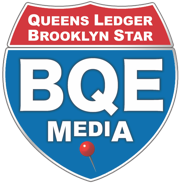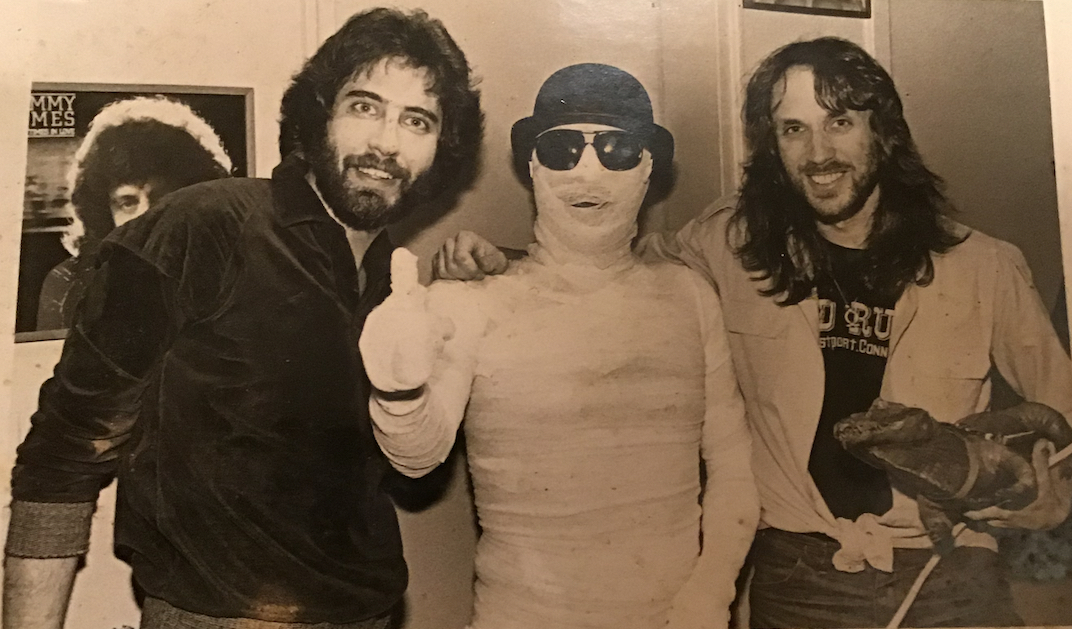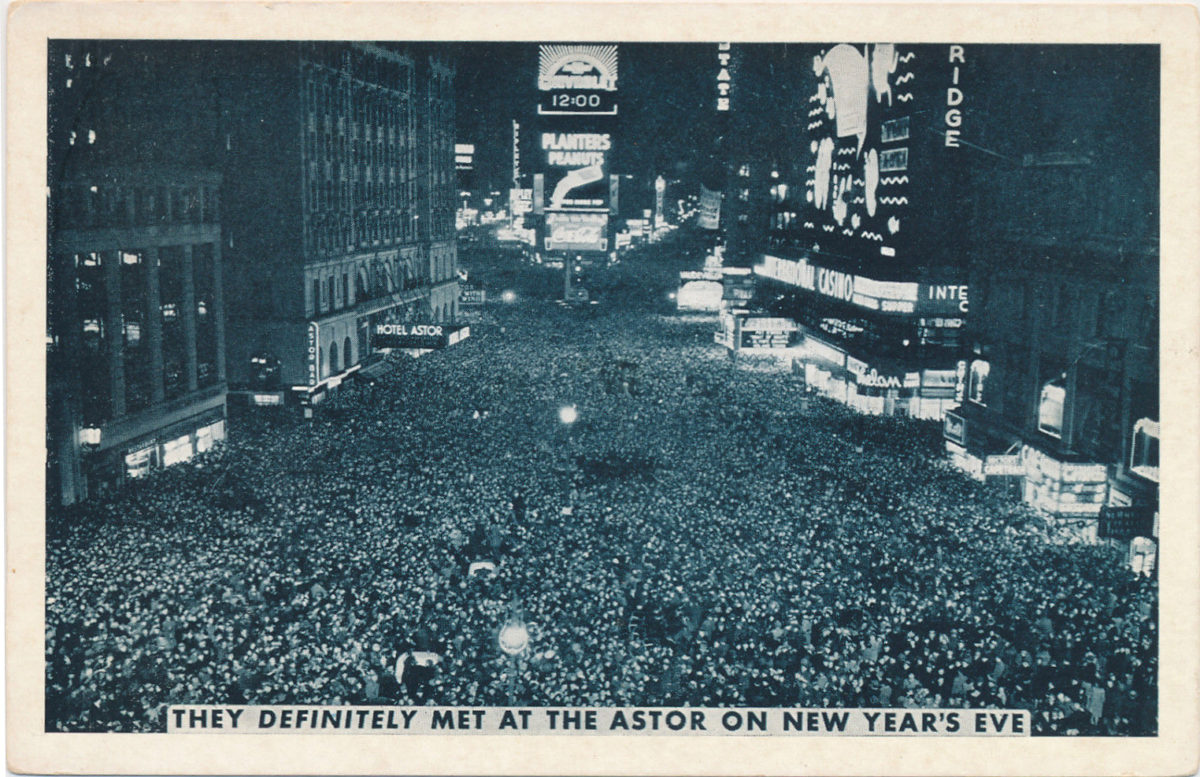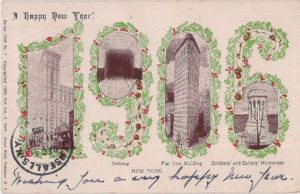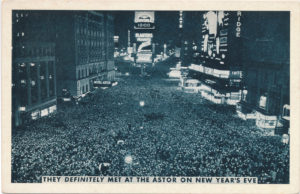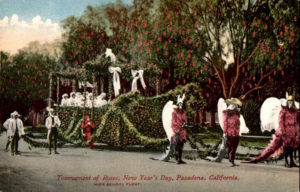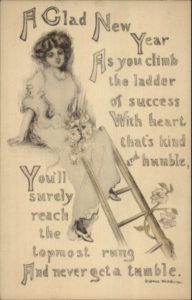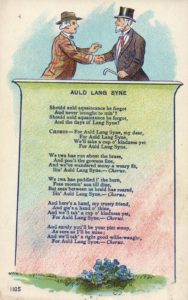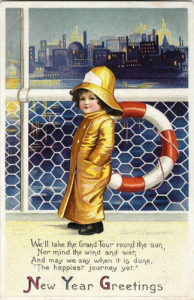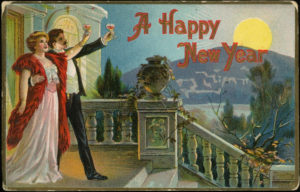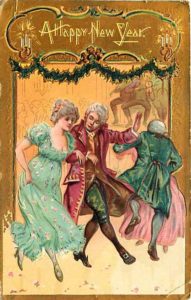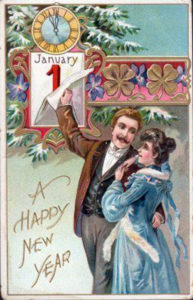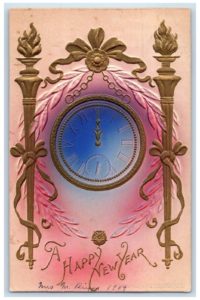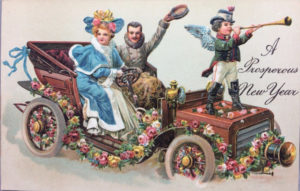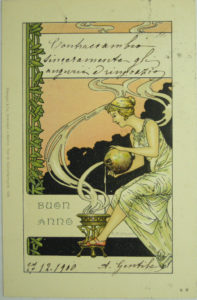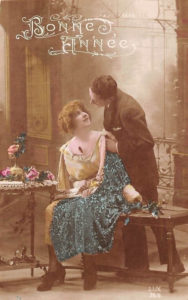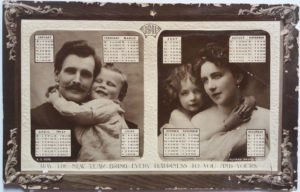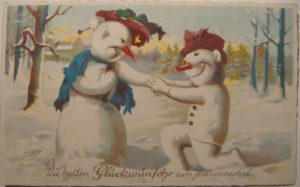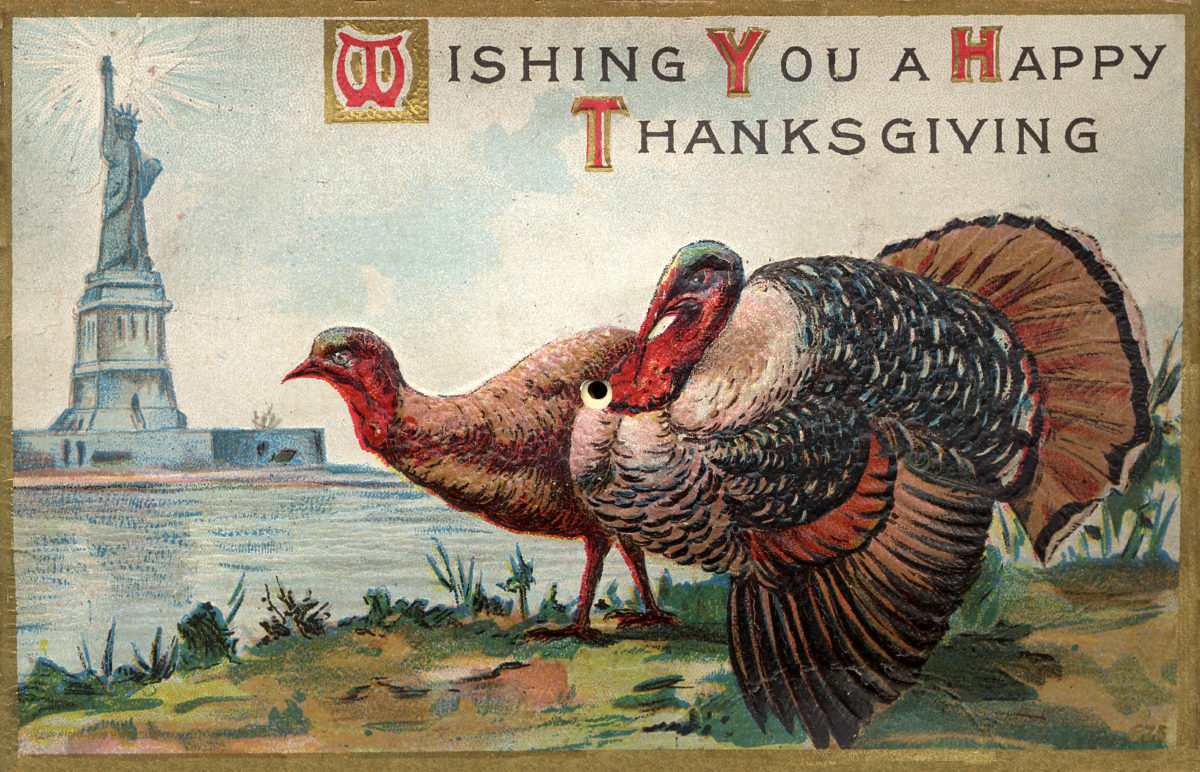Spotlight on music & media agent Ken Franklin
Son of living landmark Bea Franklin shares unique business
By Michael Perlman
mperlman@queensledger.com
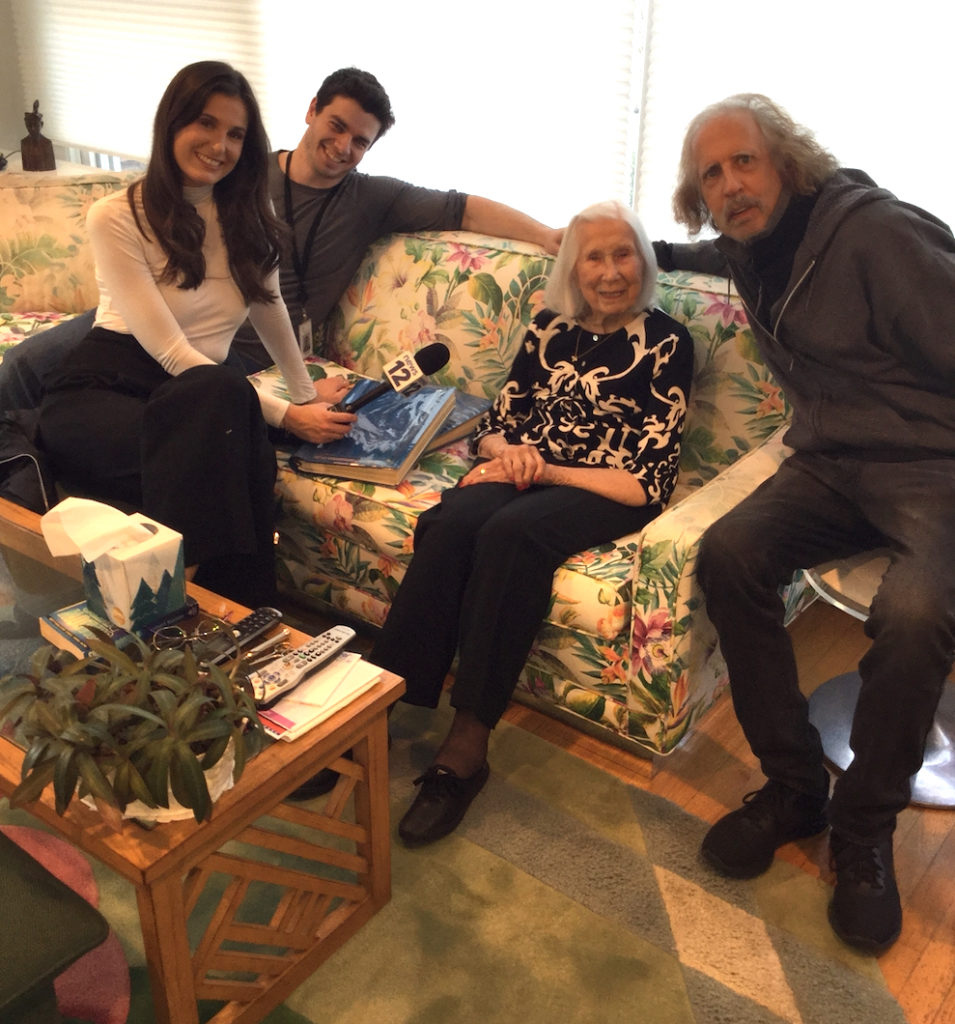
Ken Franklin with News 12 LI reporter Jenn Seelig, cameraman Michael & 98 years young SuperMom Bea Franklin, Jan 27, 2023
In last week’s column, a dynamic 98-years-young former Forest Hills resident Bea Franklin shared a treasure trove of local memories and an extensive family history, which encompassed everything from first-hand photos of the Holocaust and political dignitaries to the founding of Pep Boys and Strauss Stores.
Now it is time to step behind the scenes with her son, Ken (Kenjamin) Franklin, a notable music and media agent of RadioActive Talent, Inc., who interviews and represents diverse and influential figures.
“It is really exciting to know that I am able to work with musicians responsible for the music that I have always loved listening to on the radio. I am proud to call them my friends. It’s great how I can land them concert bookings and interviews,” said Franklin, who estimates working with at least 50 influential figures, among many other talented personalities.
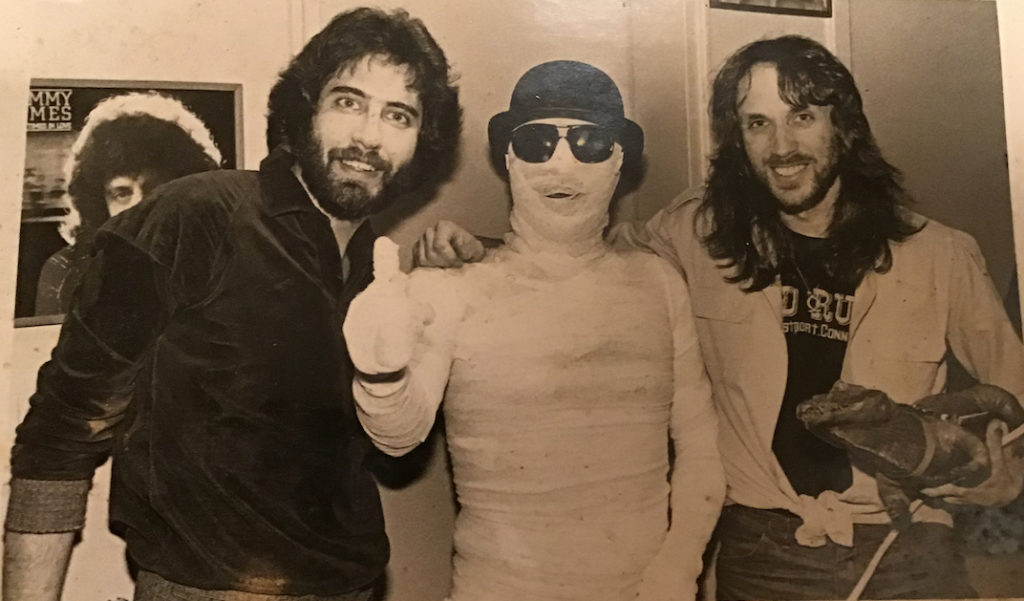
Ken Franklin with Cyndi Lauper’s boyfriend/manager David Wolff along with Millennium Records talent Captain Chameleon, 1981
Besides singer-songwriters, his career feels like an intriguing journey, as he makes a difference for bands, best-selling authors, comedians and broadcasters.
Franklin was born in Kew Gardens General Hospital and spent much time exploring Forest Hills with his family.
His first home was in Jamaica Estates with “SuperMom” Bea, father Jerry Franklin and older brothers Rick and Bruce.
Then he relocated to Lawrence, New York, where his mother and brothers continue to call home.
Today, he resides and works in Manhattan, but feels that he left his heart in Queens.
“I love wearing my Queens land F train t-shirt,” he said.
Franklin takes pride in working with Academy and/or Grammy award-winners that had #1 hit songs, such as Franke Previte and former Queens resident John DeNicola, who composed “(I’ve Had) The Time of My Life” and “Hungry Eyes” (the former on his Juno 106 keyboard in Queens) for the 1987 film, “Dirty Dancing.”

Ken Franklin with Academy Award winning singer_songwriter (Dirty Dancing) Franke Previte & TV host Donna Drake
Additionally, he worked with past Queens resident Stacy Widelitz, who co-wrote “She’s Like The Wind” with the late actor, Patrick Swayze, for the film.
“These are among the biggest songs in the history of film,” Franklin said.
Last August, Franklin worked with the Parks Department to screen the film in Washington Square Park for an audience of 500.
Prior to the screening, attendees enjoyed the debut of an exclusive interview with the three composers and Patrick Swayze’s widow, Lisa Swayze. It was moderated by iHeart Radio personality Jeff Stevens.
Over the years, Franklin has booked popular “yacht rock” band Ambrosia among others in destinations including New York, Chicago, Los Angeles, Paris and Asia.
Ambrosia is an American rock, jazz fusion and blue-eyed soul band founded in 1970 in Los Angeles, which continues to make international appearances.
This year, Franklin is producing “We Yacht For You” concerts (www.RadioTV.com) starring several of his hit-making friends.
One influential author that Franklin represents and lands interviews for is Illinois resident Jim Summaria, who is also a rock ‘n’ roll and corporate photographer and a co-host at WHRU, 101.5 FM.
One of his notable published works is a book titled “Classic Rock Photographs from Yesterday & Today,” which also features text by Mark Plotnick.
Summaria photographed legendary musicians ranging from Led Zeppelin, Heart and The Who to Bob Dylan, Genesis and Paul McCartney.
Another client of Franklin is author Bill Schnee, who wrote “Chairman At The Board – Recording The Soundtrack of A Generation,” which features creatively titled chapters including “I’ve Got the Music in Me” and “The Greatest Love of All.”
“He is a two-time Grammy winner who worked with many famous stars, such as The Beatles, Whitney Houston, Miles Davis and Steely Dan [which includes Forest Hills’ own Walter Carl Becker],” Franklin said.
Franklin has many fond memories of Forest Hills and nearby. He and his parents were close friends of Rocky Graziano (1919 – 1990), who ranked 23rd in The Ring magazine of the greatest punchers of all time, and was recognized for taking down an opponent with a single punch.
Franklin reminisced, “Rocky was a world champion middleweight boxer and a popular TV celebrity. Along with his wife Norma, they lived in Parker Towers, a few blocks from the T-Bone Diner, where we would eat. My dad took me to Rocky’s apartment to show me the display case of his gold belts. He and his wife ended up coming to my Bar Mitzvah, a formal affair at Temple Israel in Lawrence, New York.”
Graziano was also seen on a memorable segment of “The Tonight Show” starring Johnny Carson in December 1981.
Anticipating the reopening of the T-Bone Diner [and Delicatessen], he said, “Maybe when the diner reopens, SuperMom Bea can share with the cook the special ingredients in her prized matzah brei. In fact, she can make it right in the kitchen. Maybe they can name a dish after her, such as the Bubbie Bea Special.”
Franklin and his mother plan to visit in the summer.
Shopping and dining in “The Village,” centered along Austin Street in Forest Hills were other outstanding memories.
“I would eat with my grandparents at The Stratton. I also enjoyed seeing a hamburger come to me on a train at Hamburger Express, and then going to the Elliot Shop for clothes and Stride Rite for a new pair of shoes,” he said.
He also has fond memories of patronizing Addie Vallins, an ice cream parlor and candy shop on Continental Avenue.
He continued, “I would go to the iconic Horn & Hardart Retail Shop at 71-63 Austin Street. My mom would get me jelly donuts or rice or bread pudding.”
A sum of 180 H&H Automat self-service cafeterias once dotted New York and Philadelphia.
He pinpointed another tradition. “I would attend the annual Mayor’s Trophy Game at Shea Stadium and also go to the Lemon Ice King in Corona, and I still go back there.”
As for the Forest Hills Tennis Stadium, which will celebrate its centennial this year, he saw Chris Evert, an American former world No. 1 play in 1977.
Franklin is grateful for his friendship with members of the Grammy Award-winning band, Bruce Hornsby & The Range. They invited him to their Alumni Hall concert at St. John’s University in 1991.
Another highlight was representing Alison Steele (1937 – 1995), who became known as “The Nightbird,” a notable radio personality on WNEW-FM in New York City and Rock & Roll Hall of Fame inductee.
“I first met her at a concert in Forest Park. Ali was an inspiration to me, as I was getting involved in radio. Then in the early 1990s, I became her talent agent and secured broadcast commercials for her,” Franklin reminisced.
In 2004, Franklin booked a Beatles tribute band at the Ridgewood branch of Ridgewood Savings Bank’s parking lot, followed by another engagement at Terrace on the Park, not long after.
“The later event also functioned as a fundraiser to restore World’s Fair history. As a talent and media agent, I ended up booking The Beatles tribute bands twice in Queens, where my life began, and ironically, The Beatles played nearby at Shea Stadium,” he said.
Life-changing events were what told him that he had to get involved in the music and media business.
He explained, “My parents took me to see my first Broadway show featuring the late great Mary Martin, who starred in ‘The Sound of Music.’ I realized that music would play a very special part in my upbringing. Around ten years later, I listened on the radio to the last concert ever held at the iconic venue, Fillmore East, where the greatest pop-rock musicians performed, from Led Zeppelin to The Allman Brothers Band. When it closed on June 26, 1971, I listened to and recorded the seven-hour broadcast.”
His passion flourished at Long Island University, when he knocked on the door of the radio station on a cold February day and felt it was within him to be on college radio.
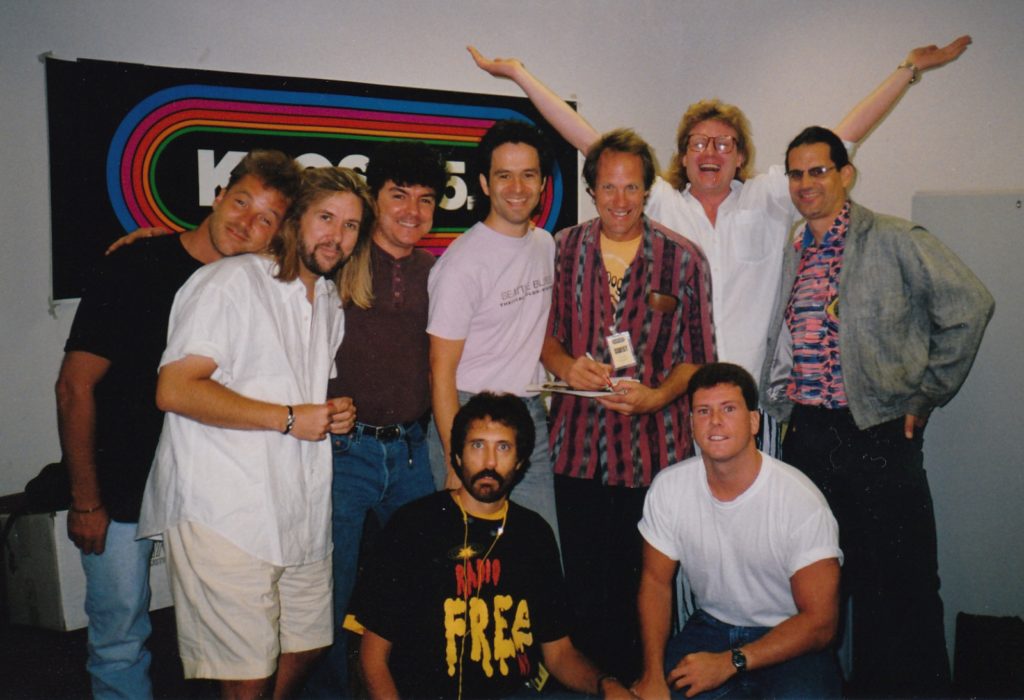
Ken Franklin kneeling on left in 1997 with multi-platinum band Ambrosia after a live in-studio performance on KLOS-FM LA, The Mark & Brian Show
That would evolve into commercial radio and employment with Millennium Records, a now defunct division of RCA Records.
Franklin undoubtedly has an outstanding career, but his number one inspiration is his SuperMom Bea, whose positive mindset provided much structure in his life.
“She is filled with lots of life and energy. She’s always learning and reading, and enjoys seeing Broadway shows. She doesn’t dwell on negativity, since people who do, lead an incomplete life,” he said.
That has also held true for Franklin’s career. He continued, “Look at all options and don’t give up if someone says no. You can do an internship and not get paid. In my case, I ended up interviewing Fleetwood Mac at college radio.”
He advises younger generations to look into the mirror and decipher how to improve one’s self, to increase desirability from the start.
